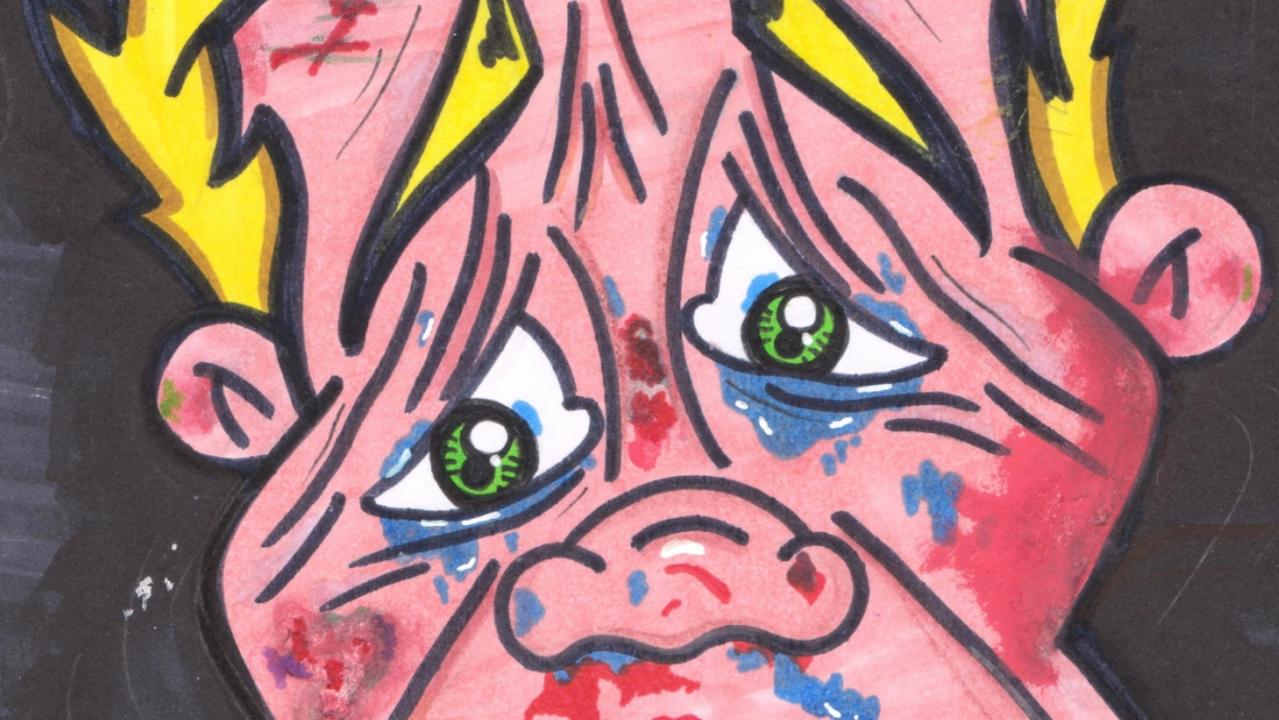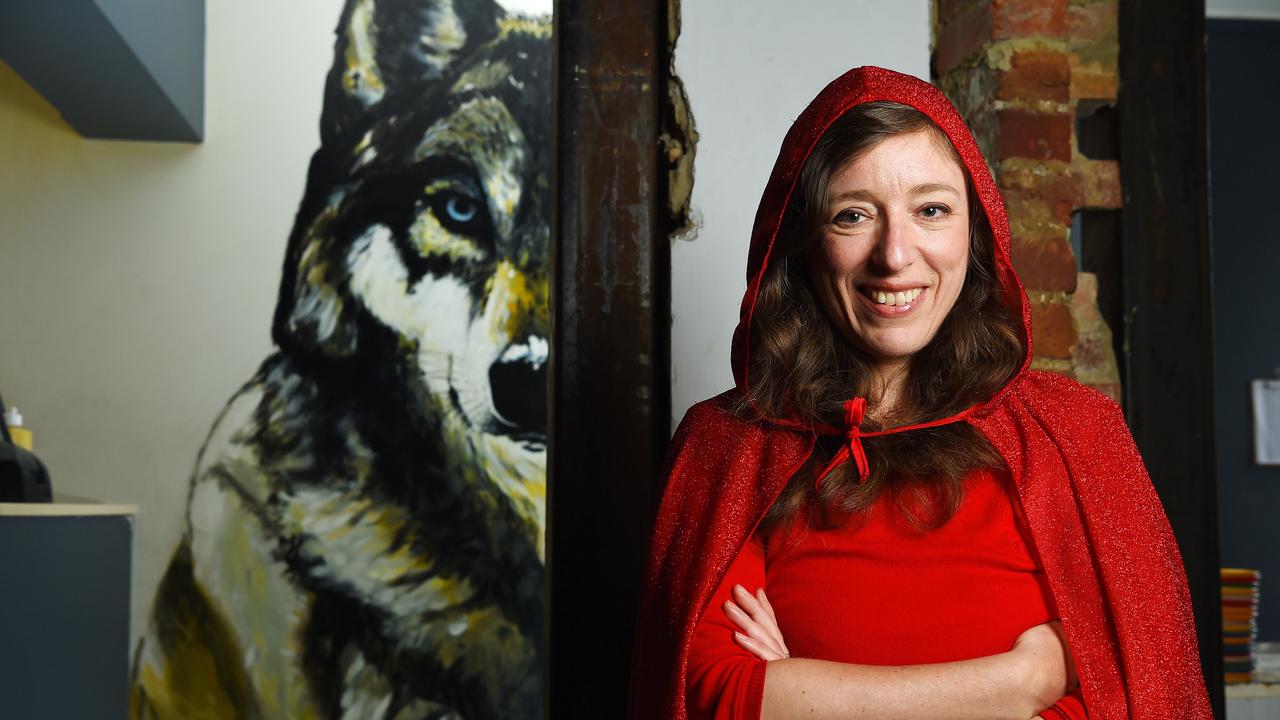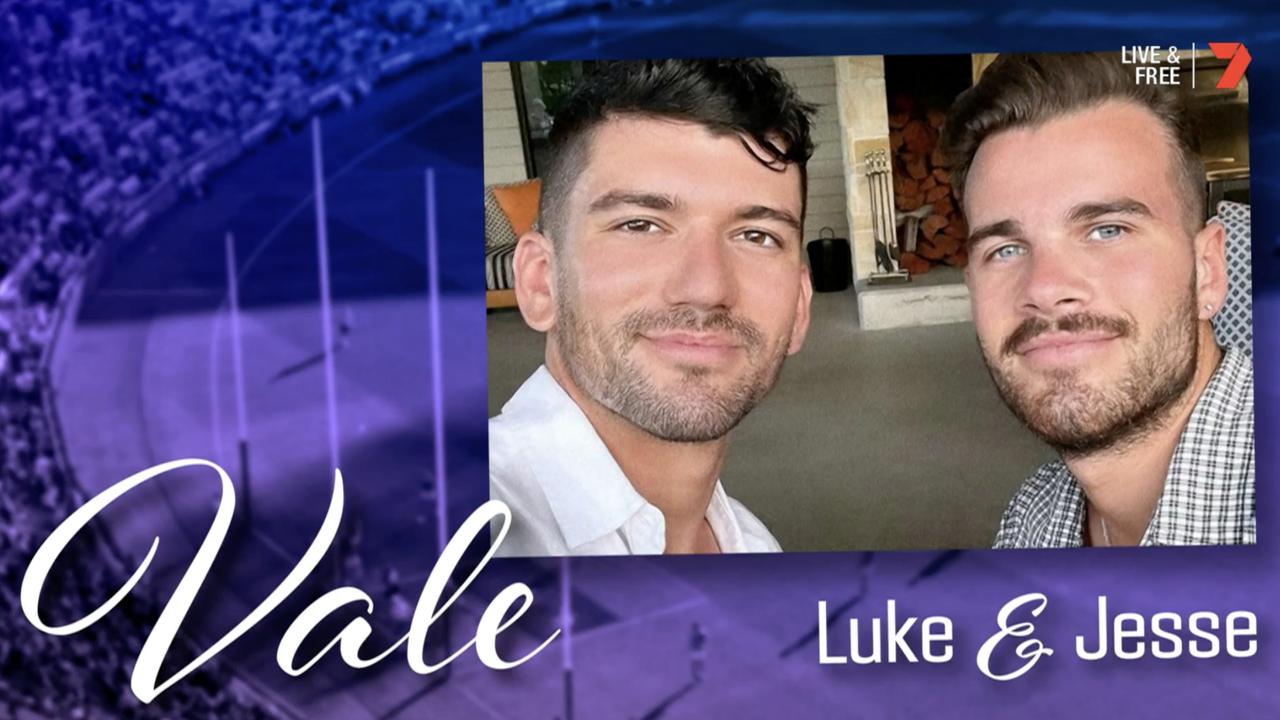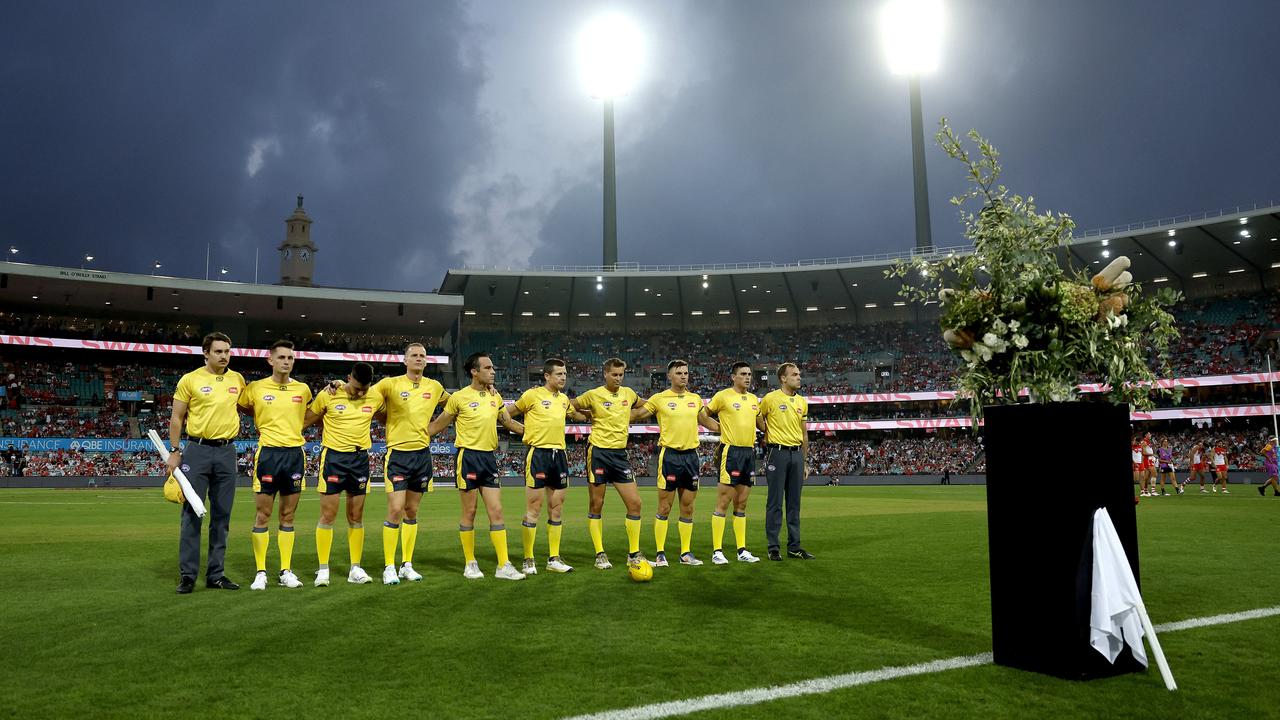Advocates and survivors call for more support for male DV victims
PART 3: The reigning Kids News Junior Journalist of the Year returns with a four-part DV series entered in the Secondary News Story (Print) category WARNING: RED LEVEL (secondary only)

READING LEVEL: RED
A Victorian man (attacked) by his ex-partner said men were the “invisible victims” in the focus on gendered violence.
Ricky*, who has spoken for the first time since his terrifying ordeal, was in a 10-year relationship with his male partner and endured years of abuse during that time.
He said the abuse started about five years into the relationship and intensified over time, culminating in multiple injuries, swelling and extensive bruising.
Despite the pain, fear and trauma that he endured, Ricky forgave his partner time and again.
“You end up feeling so damaged and broken,” Ricky said. “In every circumstance, there are so many layers to (abuse).”

Sixty per cent of LGBTIQA+ people have experienced domestic and intimate partner violence, according to the Australian Institute of Health and Welfare. Sadly, they often suffer in silence.
Seventy-two per cent of victims never report the abuse due to stigma, shame, embarrassment and barriers to accessing support.
When victims do speak up and confide in family or friends, their concerns are often minimised or fall on deaf ears, according to Ricky.
LGBTQ Domestic Violence Awareness Foundation* founder and managing director Ben Bjarnesen said it was vital that victims were “seen and believed.”
“Because the majority of mainstream coverage of domestic and family violence frames the issue as exclusively a heterosexual problem, many LGBTQ+ people feel that what they are experiencing doesn’t fall under the umbrella of domestic violence or if they seek help, they won’t be believed, or support won’t be available,” Mr Bjarnesen said.

Ricky said men, women and children could fall prey to domestic violence and urged all victims to be viewed in “human terms.”
“Humans are humans – I don’t care what you identify as,” he said.
Ricky, who still deals with the ongoing effects of the abuse, including physical pain and emotional turmoil, never reported the abuse to police, refused to press charges and did not seek hospital treatment.
“I was so used to always keeping the peace but there is only so much you can be pacified,” he said.

Domestic violence survivor and advocate Anita Bentata said many victims of domestic violence felt an attachment to their abuser, which is known as trauma bonding.
“We live in a society that is constantly encouraging trauma bonding,” she said. “So many families and friends excuse behaviours (by) saying someone is stressed or has a bad situation/history, or they are a ‘good’ person, and there is denial of what I call the person’s worst face.
“These responses all encourage trauma bonding, instead of modelling healthy boundaries and self-responsibility.”
Domestic violence advocates said more needed to be done to raise awareness of the fact that men were also victims of domestic violence, as seen in February following the deaths of television personality Jesse Baird and Qantas flight attendant Luke Davies, allegedly at the hands of Baird’s former partner, constable Beau Lamarre-Condon.

In a separate case involving a female perpetrator, UK man Richard Spencer spoke of his torment after suffering more than 20 years of abuse by his wife Sheree Spencer. His story featured in the documentary My Wife, My Abuser.
Father-of-two Alex Skeel also spoke of his abuse by former partner Jordan Worth in the BBC show Abused By My Girlfriend.
Human rights advocate and former Governor-General of Australia Dame Quentin Bryce said everyone deserved to feel safe in their relationship.
“Everyone deserves to live a life free from domestic and family violence,” Ms Bryce said. “We must never back away from our ambition of zero tolerance.”
For Ricky, whose injuries were so severe that his mobility was severely impacted, the physical and emotional scars run deep and serve as a lifelong reminder of the devastating effects of abuse.
FIVE SIGNS OF A TOXIC RELATIONSHIP
- Control
- Isolation
- Punishment
- Humiliation
- Denial of a victim’s reality, feelings and needs
Source: Anita Bentata
* Please note: Kids News editors amended this copy prior to publication. Images were also added by Kids News editors as per publishing requirements on the site.
*Author note: Name has been changed to protect the person’s identity due to safety concerns.
* Author note: Refers to correct name of organisation, which is an ally of the intersex community.

